Dive into our Great Lakes Lessons & Resources
Explore curated Great Lakes resources from Sea Grant and other partners.
User Tips
- Check back often as our Resource Library continues to grow!
- Resource tags include Asset Type, Topic, Grade Level, and Subject Matter.
- With More Filters, resources are also tagged by Great Lakes Literacy Literacy Principles, Great Lake connection, and partner organization.
- Use the search bar if you are looking for a particular keyword or standard.
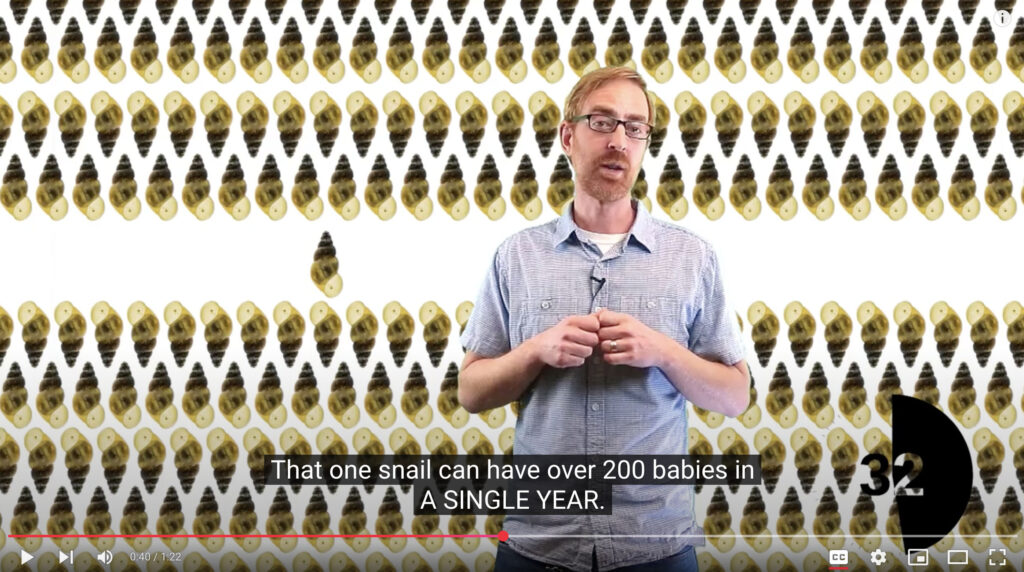
Video: MI EnviroMinute – New Zealand Mud Snail
This short video (1:22) is about the invasive New Zealand mud snail. It includes information about…
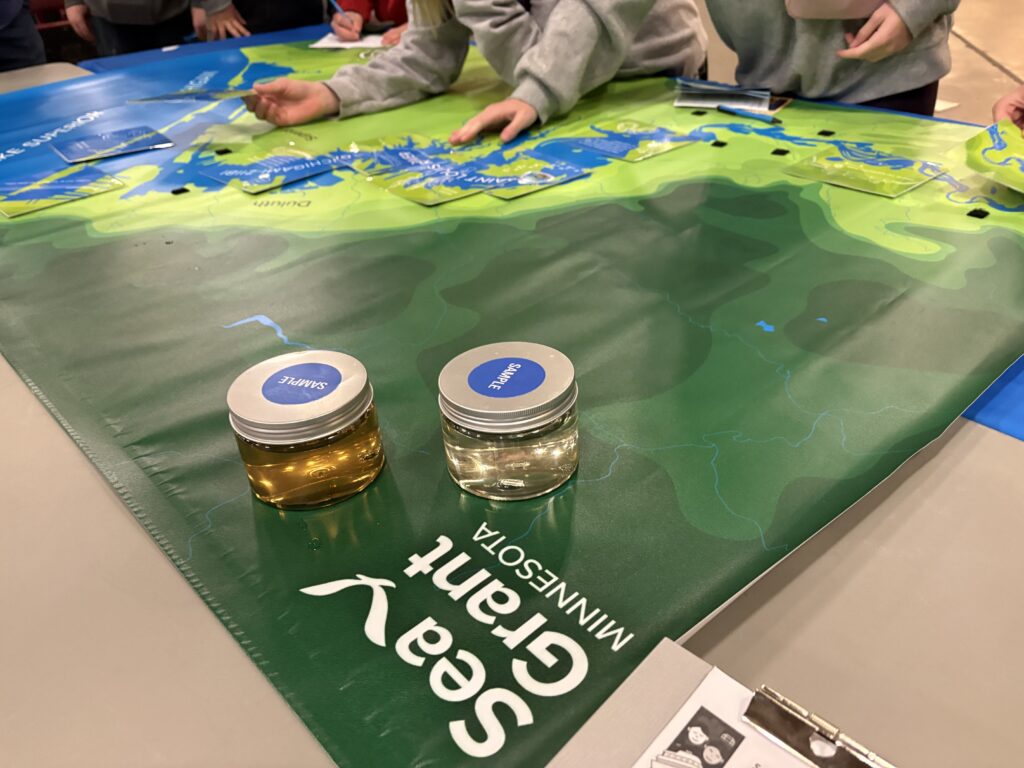
Hands-on story mapping of St. Louis River Estuary
By Heidi Ferris | June 2025 What happened? From May 19th to May 22nd, over 1500…
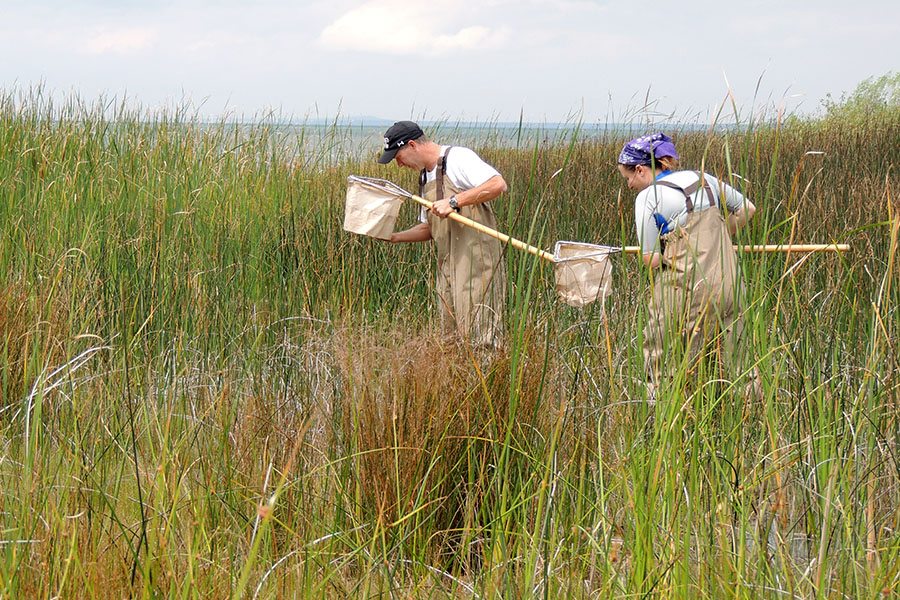
Spring Success Great Lakes BioBlitz!
By Heidi Ferris | June 2025 What happened? Science in action! For four weeks this spring…
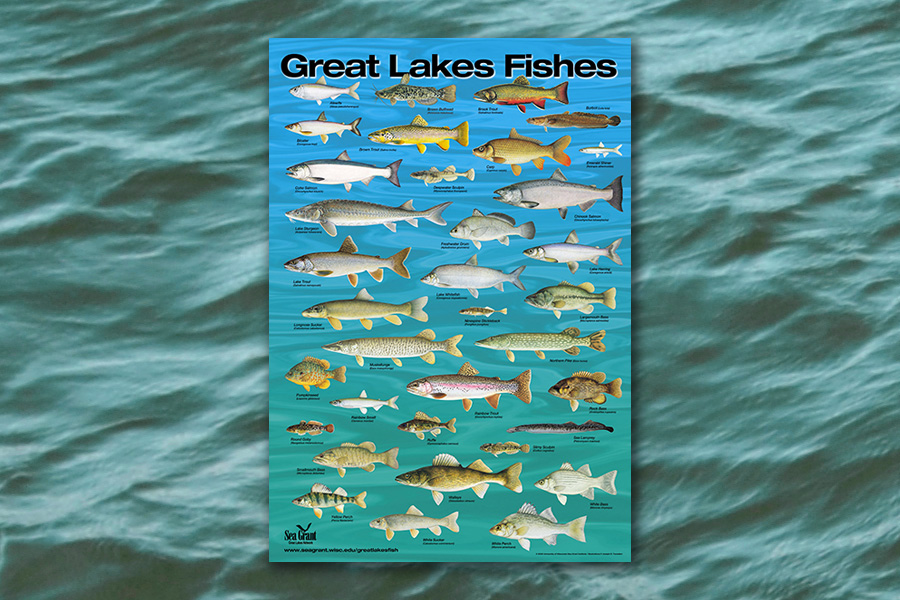
Poster: Great Lakes Fishes
Both beautiful and educational, this full color poster (26.5″ x 38.5″) shows very accurate fish illustrations…
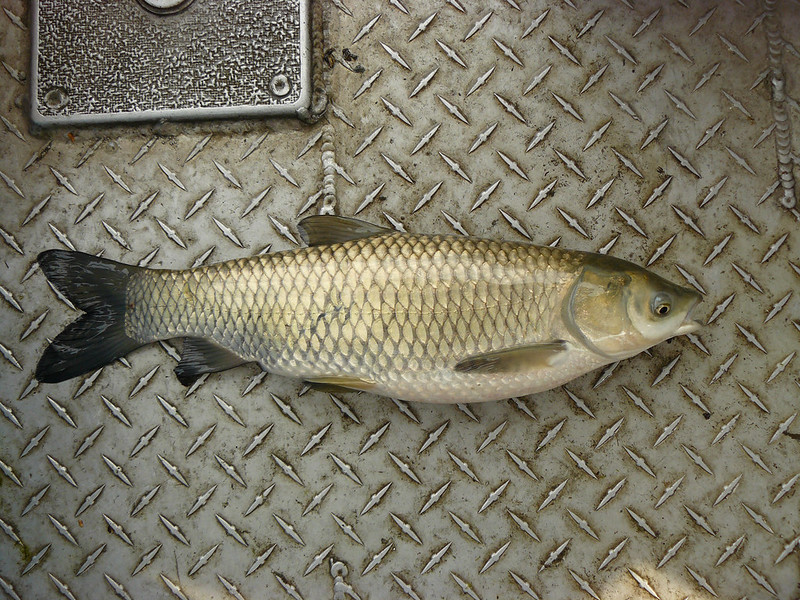
Article: Early Detection: When it comes to Great Lakes invasives, prevention is the only cure
This news article highlights a list of 144 potentially invasive species from a 2021 study, with…
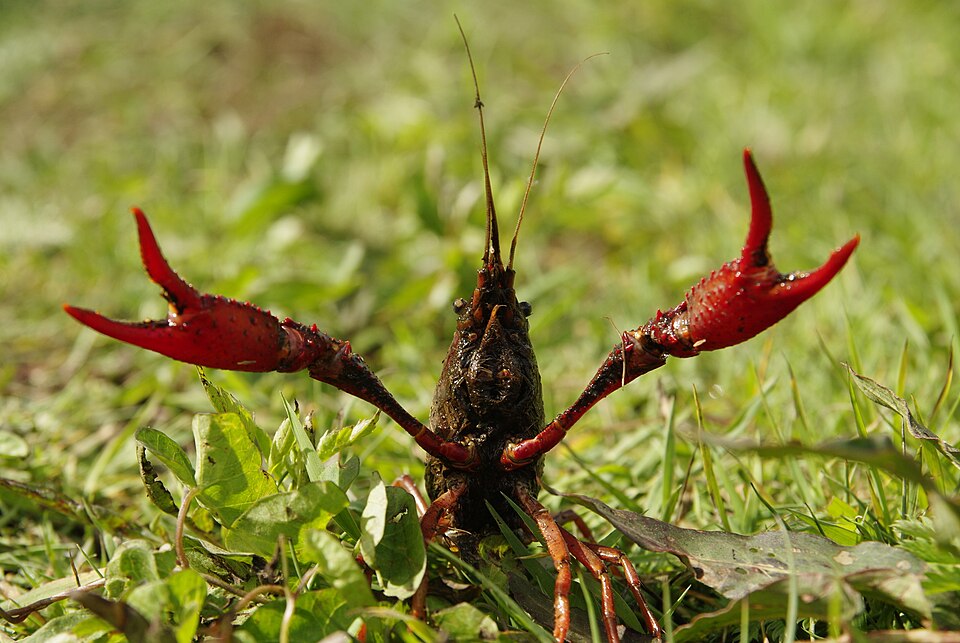
Article: Invasive Crayfish 101
An overview of invasive crayfish with information on their life history, distribution, impacts, and more. Written…
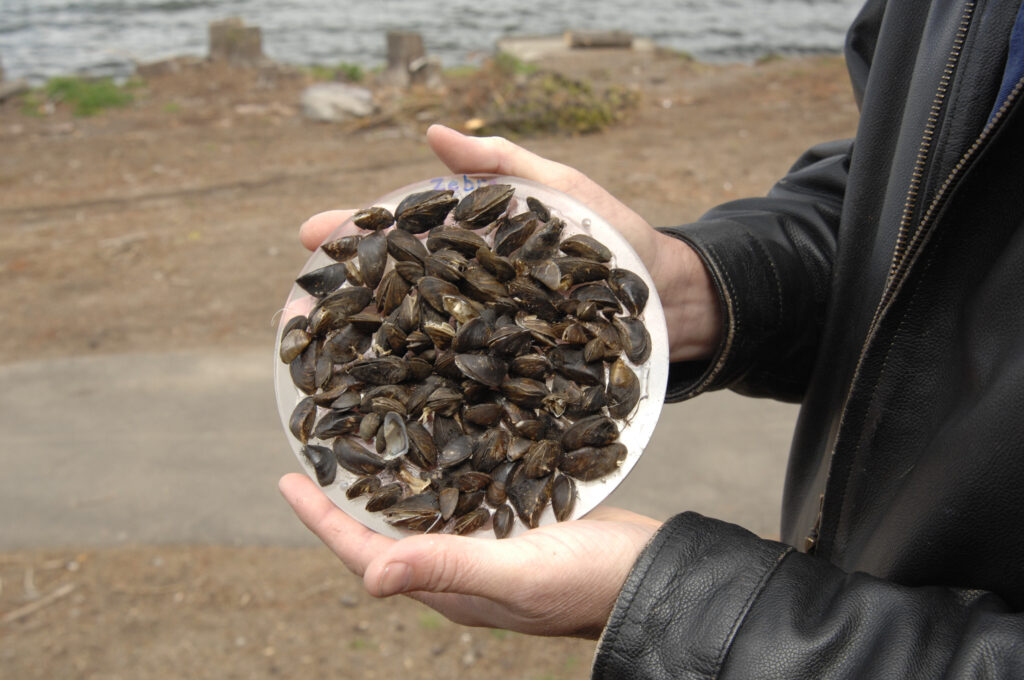
Article: 30 Years Later: Mussel invasion legacy reaches far beyond Great Lakes
This news article discusses the discovery, history, and impact of the quagga mussel, a zebra mussel…
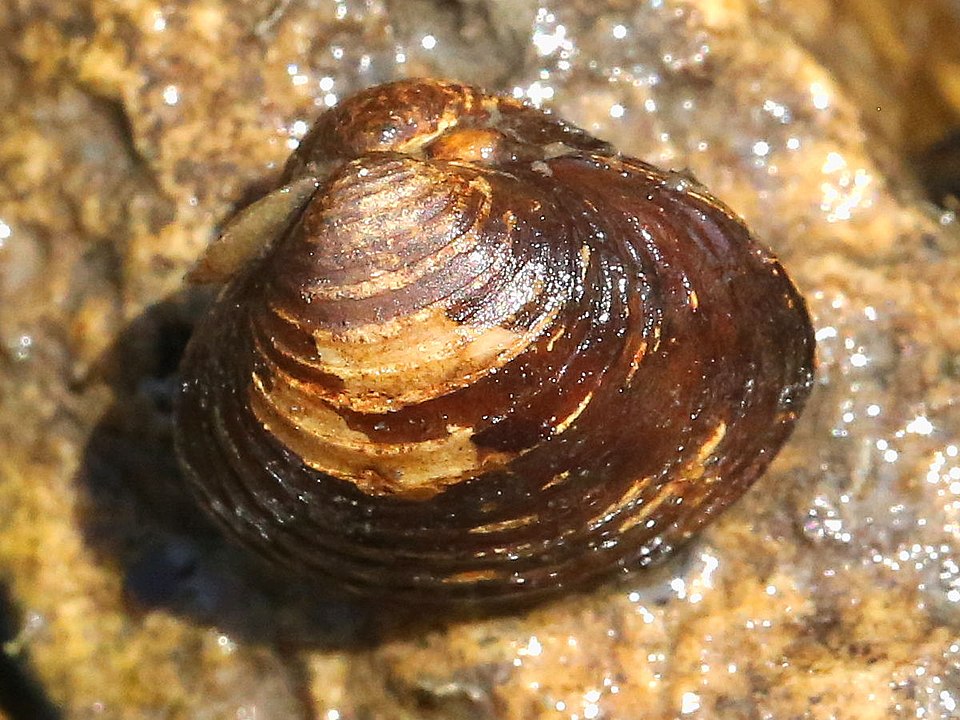
Article: A Great Lakes gold rush: Invasion of a costly clam
This article discusses the invasive golden clam, which causes great economic and ecological damage in the…

Get your feet wet by joining us for immersive learning deep dives!
CGLL provides diverse professional learning opportunities as well as unique place-based education offerings for youth. These include shipboard science experiences, shoreside events, virtual learning (both live and self-paced), and more.